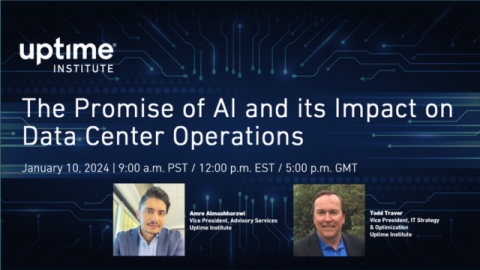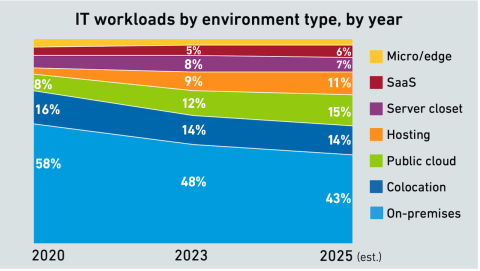The Netherlands is now enforcing the energy saving obligation, suggesting they will also enforce EED energy management system and audit requirements. Data center operators need to establish a plan to optimize their energy performance.
filters
Explore All Topics
Uptime Institute's 2024 IT and Power Efficiency Survey (n=941) focuses on strategies for managing data center IT equipment inventories, gathering data for accuracy and completeness, and the collection of storage and server information.The attached…
Examining staffing trends in China's data centers could provide insights into how US and European data center teams can expand their talent pipeline and address workforce shortages caused by an aging population.
Pulling reliable power consumption data from IT is increasingly important for operators. Although third-party software products offer promise, significant roadblocks still hinder adoption.
Many data center operators are unaware that digitizing process documentation can impact staff performance. Understanding human psychology enables team leaders to create more effective digital versions of procedural documents.
Uptime Institute's 2024 Data Center Maintenance Survey benchmarked maintenance practices among data center operators to help organizations improve performance when it comes to maintenance practices
Although there is still uncertainty around the rate of AI adoption, many organizations are pushing ahead to avoid being left behind. However, behind this enthusiasm, there are six issues that operators face when hosting AI.
Many data centers struggle to achieve maximum capacity and optimal cooling, resulting in troublesome hot spots. Advances in cooling optimization software have addressed this complexity and could be the answer.
Uptime Institute's 2nd edition of the Data Center Security Survey (n=927) explores important data center cybersecurity issues, as well as the information technology (IT) and operational technology (OT) used to run data centers.The attached data…
Data center managers are squeezed between complexity arising from digital innovation and the need for secure and reliable service delivery. Is it possible to minimize risk while enabling business innovation?
Uptime Institute's 2024 Data Center Maintenance Survey benchmarks maintenance practices among data center operators and sets to help organizations improve performance when it comes to maintenance utilizing in-house employees, third-parties, and/or…
This report outlines the characteristics of machine learning (ML) applications, describes production use cases for ML-based software in data center M&O, and profiles several vendors offering AI-based functionality in their products.
Preliminary calculations by Uptime Intelligence suggest the initial impact of generative AI on global data center power use is low - but it will rise quickly as adoption increases. How far generative AI will go remains unclear.
The industry is touting AI as a highly useful tool for data center operations. In this Webinar, Uptime executives discuss the most appropriate AI systems for data center controls and efficiency, along with what works best - and why.
Findings from the latest Uptime Institute Global Data Center Survey show for the first time that the proportion of IT workloads hosted in on-premises data centers now represents slightly less than half of the total enterprise footprint.
 Jay Dietrich
Jay Dietrich

 Anthony Sbarra
Anthony Sbarra
 Laurie Williams
Laurie Williams

 Rose Weinschenk
Rose Weinschenk
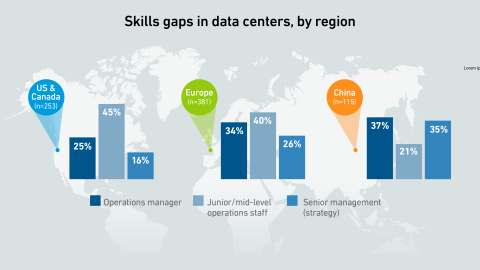
 John O'Brien
John O'Brien
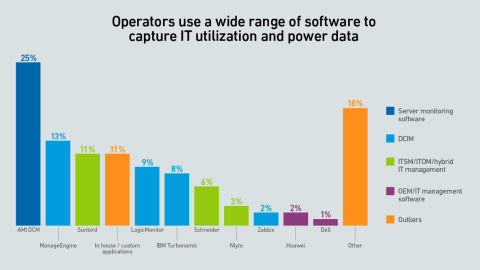

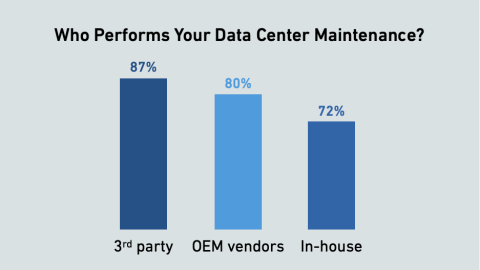
 Andy Lawrence
Andy Lawrence
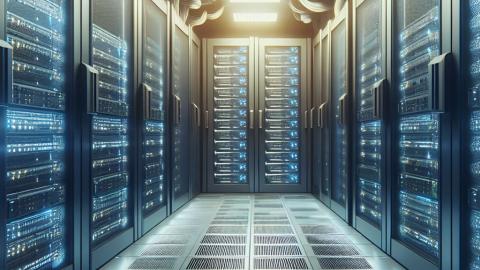
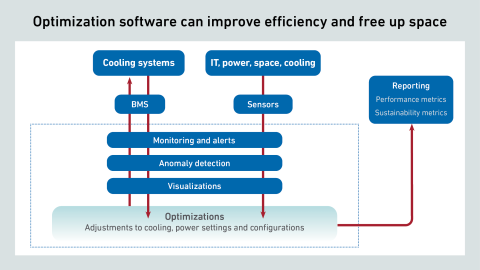
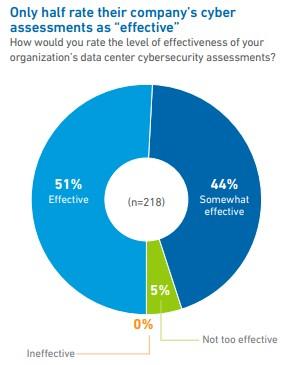
 Michael O'Neil
Michael O'Neil
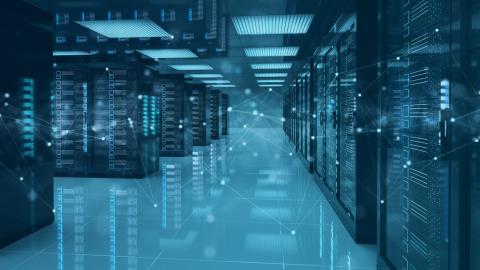
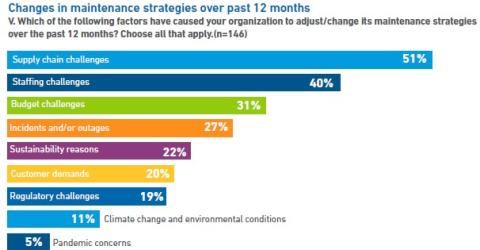
 Max Smolaks
Max Smolaks
 Daniel Bizo
Daniel Bizo
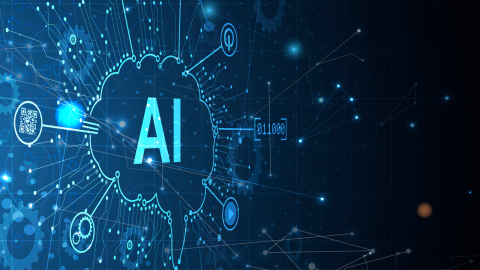

 Todd Traver
Todd Traver
 Amro Almashharawi
Amro Almashharawi
